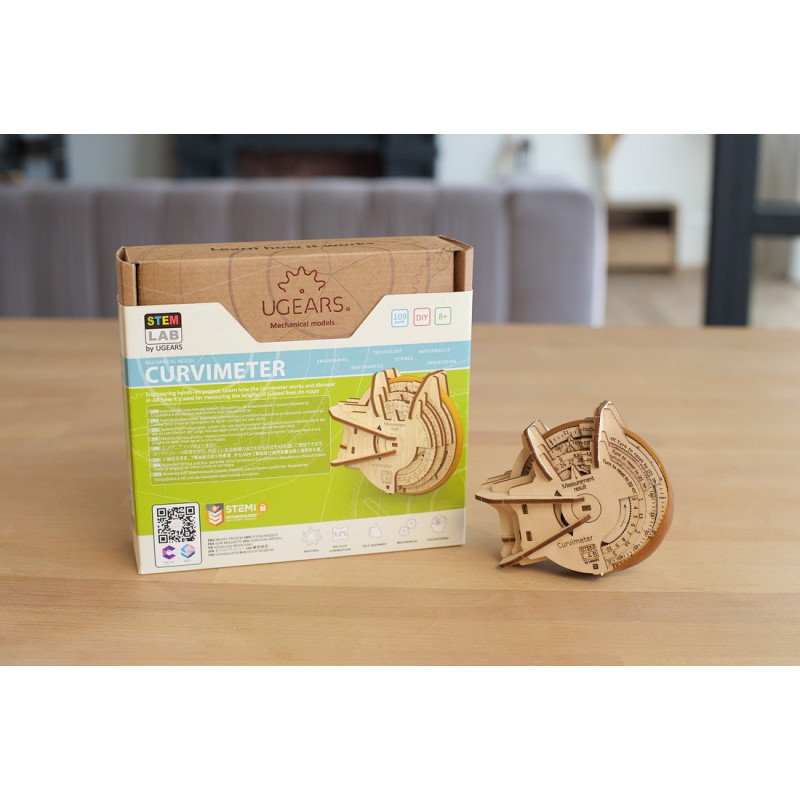








Model size: 4.3*3.9*1.9 in (11.5*10.3*5.7 cm)
Package size: 8.1*7.4*2.5 in (20.5*18.8*6.3 cm)
Number of components: 109
Estimated time of assembly: 1-2 hour
 Secure private data transfer and payments
Secure private data transfer and payments ROI Delivery within 1-2 business days
ROI Delivery within 1-2 business days Return of unused items within 14 days (see full Return Policy)
Return of unused items within 14 days (see full Return Policy) Free shipping options for orders over €60
Free shipping options for orders over €60Did you know that the oldest surviving map of Ireland dates back to 140AD and is believed to be created by a well known Greek cartographer Ptolemy?
Apart from a few discrepancies, Ptolemy’s map is impressively accurate. This map is consistent with some solid Mediterranean knowledge of Ireland, its peoples, coastal features and major places. He called Ireland “Iouerníā,” which means “abundant land” and from which derive the Irish names Ériu and Éire.
To measure how accurate the distances are you can use our Curvimeter model from the Stem Lab series.
The model kit comes with a QR-code that will take you to the learning guide with the info about the mechanism, the principal of its working, the main characteristics, formulas, and interesting assignments.
Dive into augmented reality and look at how the curvimeter operates. Interact with the model via a special AR application from Ugears.
The Curvimeter – or opisometer – is a device that measures the length of curved lines and helps to the distance between the points on a map with more precision than a ruler or a compass.
The mechanism has a measuring wheel, a clock face and a hand. When the wheel moves along the line on a map that you need to measure, the hand moves around the clock face marked with measuring units – centimeters, inches, etc. All you need to do in the end is to check the map scale and to multiply your data by the denominator in the scale.
You can rely on the curvimeter when planning a hike with your friends or a family trip – it will help you to figure out the distance you’d cover to get to your destination. The device is especially useful when you have no access to any electronic gadgets or the internet.
Who invented the curvimeter and when
There is no verified information about the actual inventor of the curvimeter. Some sources say the credit of its invention belongs to the Roman engineer Virtuvius, who describes a very similar device around 23 BC. Others refer to a Chinese scholar, Zhāng Héng. Russian sources suggest that the curvimeter might have been invented by the polymath Mikhail Lomonosov who presumably initially called it “krivimetr”. All in all, the official first curvimeter patent belongs to the English engineer Edward Russell Morris who in 1873 registered “a novel device for measuring distances”.
Use
The Curvimeter is used to measure the length of curved lines on topographic maps, charts, schemes, and plans. It is a common tool for map-makers, tourists, and road services.
The Mechanism of the curvimeter is made of:
Ugears STEM-models are designed to suit different age groups with a special focus on learning component. The assembly of the model will be interesting and won’t take much time.
STEM-lab Construction kits come with all you need in a box, which includes:
Data sheet
Specific References
No customer reviews for the moment.